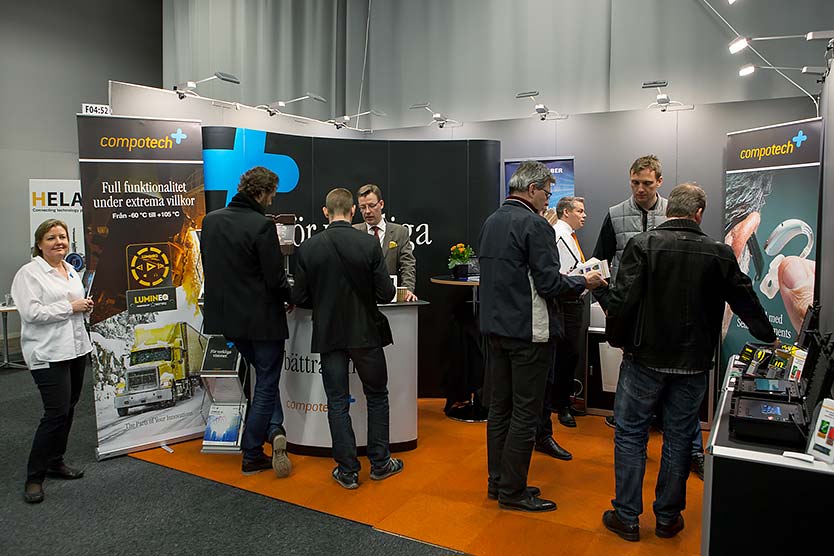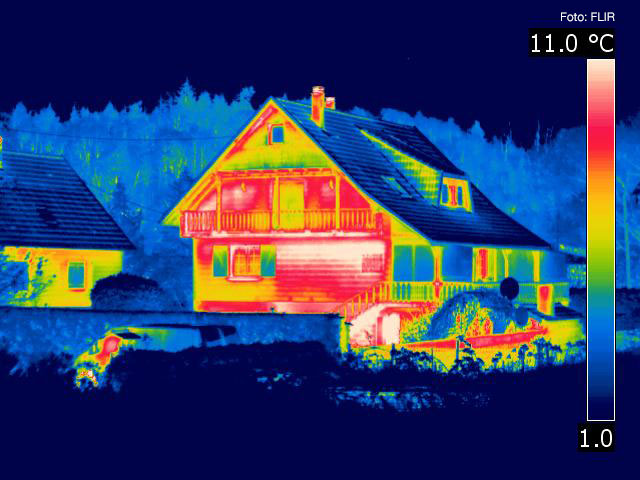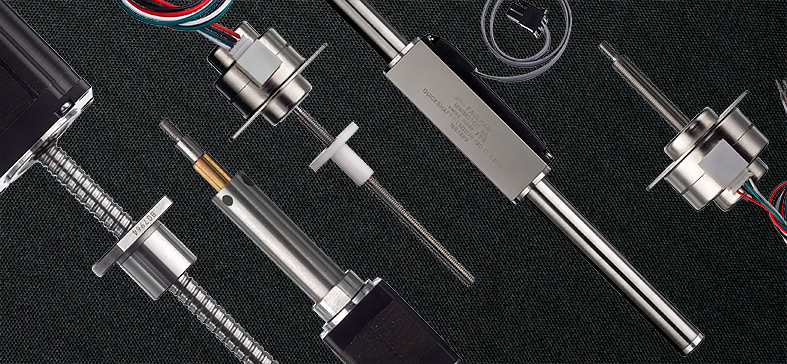
Success in ‘Elektronik 2015’ trade show
A big thanks to everyone who attended and made our participation at easyFairs Electronik last week such a success! We are proud to have had the opportunity of presenting new technology for battery charging from Seiko Instruments and transparent displays from Lumineq. We also held a popular seminar on Tuesday covering transparent display technology in general. Thank you, Joe Pimenoff from Lumineq.


We also had the pleasure of showcasing Elmo’s new nano servo drive, the Gold Twitter, as well as new gear motors from RoboDrive. The gear motors are a new concept from RoboDrive that combines the innovative technology of the existing rotor/stator kits in a complete motor housing with both feedback and high performace gearboxes to offer a gearmotor that is ready to install in your application.

See the invisible with Flir’s cameras, an invaluable help to detect e.g. water damage
Since many years, we have a cooperation with FLIR Systems, a pioneer in the market of commersial thermography cameras, and supply them with electromechanics for their cameras. The cameras are today market leading for use e.g. within research and industry, but there are also uses that are closer to you everyday life. The thermography cameras have proven to be exceptional tools to detect and analyse the spread of a water damage in homes and other buildings.

Modern magnets and corrosion
Neodymium magnets, or rather NdFeB, are products produced by powder metallurgy and based on neodymium, iron and boron, which makes magnets that are impressive in relation to their strong magnetic field. They are actually the strongest permanent magnets that can be produced today.
What is not as well known is that neodymium magnets are susceptible to corrosion in their raw state. When the magnets are exposed to humidity they can corrode, which can destroy the magnet if the magnets are not treated correctly from the outset. The magnets can be surface treated to prevent corrosion.

Five technologies for obtaining linear motion with electric motors
Many applications for electric motors involve the conversion of a rotary motion to a linear motion, e.g. in actuators, XY tables, zoom or focus in optical applications etc.
This can be done in many different ways, with different advantages and disadvantages, which are suitable for different applications. In this article we look at some of the common methods of producing linear motion with electric motors.
